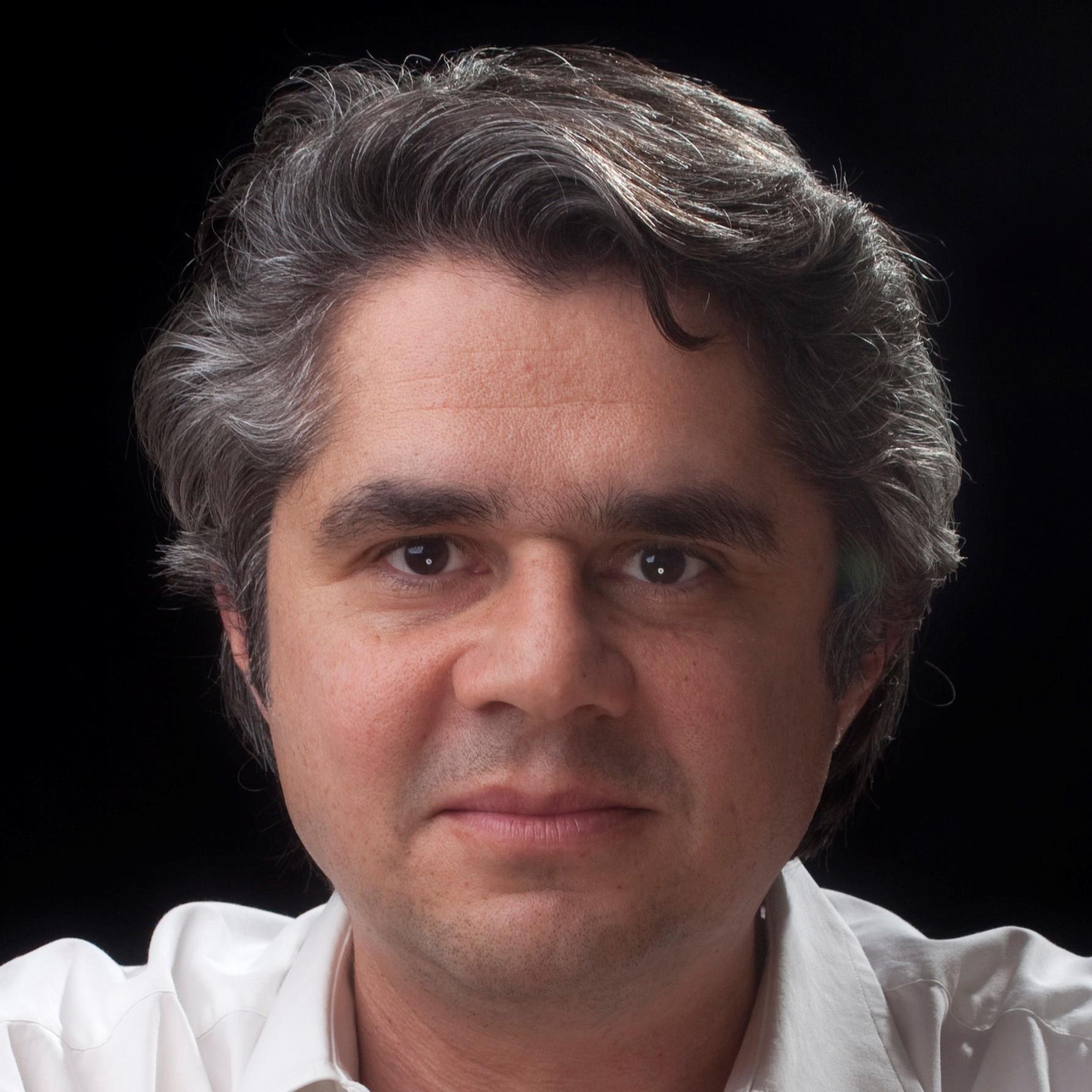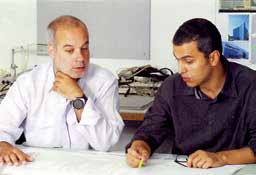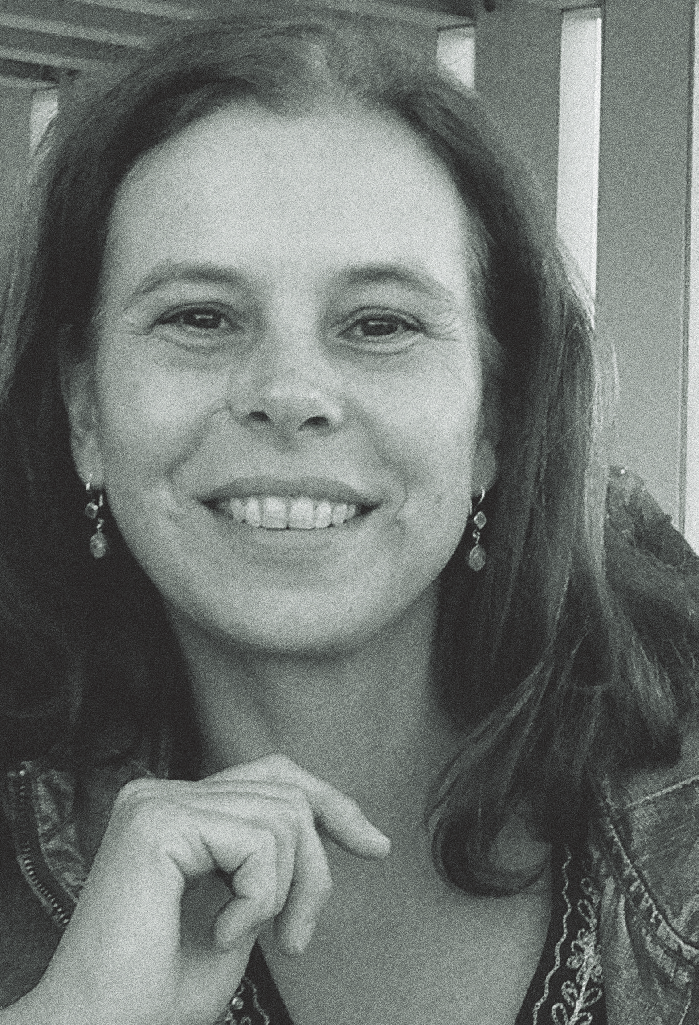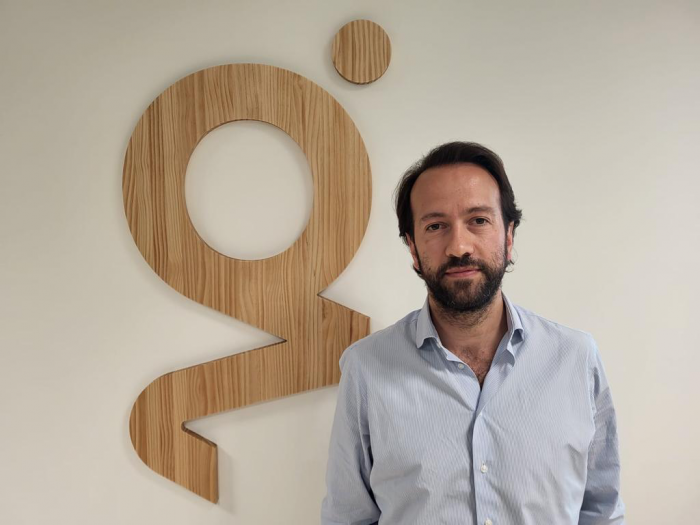A conversation with Arch. Tiago Silva Dias

A conversation with Arch. Tiago Silva Dias
‘The profession’s areas of activity have expanded. My generation just wanted to design. Today there are architects working in other areas, which is positive. ’
You’ve founded SILVA DIAS – arquitectos with the architect Francisco da Silva Dias. How was it to work with your father?
This is a family studio, it had a very common route, a generational passage. I started to work with my father and then things evolved, as my father stopped working in the studio, a few years ago, and right now I am the only partner. However, these generational issues have their positive and negative side, like all family businesses and, therefore, in terms of positioning, I do not consider myself a successor. My father’s professional path is completely different from mine, I learned a lot from him, of course, but I followed a different path, I have an individual path, more than a continuity of his work. It is often difficult to separate professional and personal issues, so even when we shared the same space, I became independent very early. Especially because we had different areas of action, working methods, design and even customers.
Is your work very different today?
It is quite different, the type of work has evolved a lot, since 2008 or 2009. Ten years ago, there was a large percentage of work regarding new buildings and the rehabilitation sector was almost residual. This has been completely reversed. At the moment, as new construction, I have only small projects, since the bigger ones are stopped. I have some health and tourism projects in São Tomé and Príncipe, where we have a local partner. In Portugal, which is where we have most of our projects, we do a lot of rehabilitation and intervention in historic areas, a mix of destiny and vocation, and we also have many interventions in the area of tourism, which has, until now, given us some capacity of resistance. These are two areas that have suffered less.
What has changed in architecture in Portugal since you’ve started working?
Architecture was very fashionable, many architects graduated, which gave the crisis a greater impact, because there was no absorption capacity for so many graduates in the profession; however, there was a factor that seems to me as positive: the scope of the profession has expanded a lot. Today, for example, we see many architects working in the area of inspection and management of real estate. These are areas of activity that are now part of the profession. My generation was not used to it, we just wanted to design. At this moment, professionals already naturally face other aspects and adapt easily. When I started working, there were no architects working as construction managers, just engineers. There are now, and that is positive, because we speak the same language.
And with BETAR, do you also speak the same language?
Yes. We have been understanding each other very well, I have been working with BETAR mainly in the rehabilitation area, in projects with some complexity, such as the former residence of the UK ambassador, a hotel in Rua do Ouro and an intervention of special difficulty in the East wing of Terreiro do Paço, in which BETAR intervened in a very rigorous and competent manner.
And what has changed regarding advertisement and connection with customers?
The projection of architecture has also changed radically in recent years. In the past, it was a kind of caste system, very hermetic, which even created some constraints in the dissemination of architecture; there was a certain imbalance between aesthetic and thought currents. The internet has completely changed this reality. Right now, I receive four or five daily architecture newsletters and every day I am amazed how it is possible to publish works with such quality. The sensory side of the paper was somewhat lost, but it came to completely democratize the spread of architecture. It was a radical transformation. First, the “star system” was absorbed in this movement, someone goes to architecture sites and sees the great world stars alongside anonymous architects, and with the same prominence. Advertisement became global. On the other hand, this revolution is not reflected on the ammount of work. Advertisement is important, it is easier, but it is also much more widespread and I think that the work invitation is done by the same means, nobody has a new project just because they’ve appeared on some specific site. It is stimulating, but has no effect on the ammount of orders. Work continues to arrive in the traditional ways, it is essential to meet people, to be credible, to have previously worked in a similar program, the areas of geographical activity are also very important…
Regarding Pátio da Galé, one of your most well-known projects, you’ve said to have felt the weight of responsability for intervening in a national monument. Tell us about it.
Pátio da Galé was a very important challenge. During the project there was always the identity of Eugénio dos Santos hovering over me. When he drew up the reconstruction plan for Baixa Pombalina, he was about the same age as I was when I did the Pátio da Galé rehabilitation project, so his presence was very strong and my responsibility for that site was enormous. It was a very badly treated place, which served as a car parking lot, where countless barbarities had been made… What we did was to give back the Pátio da Galé to the city. We rehabilitated the whole set with the particularity that the entire intervention is reversible, which means all the built elements can be removed, allowing the building to return, as far as possible nowadays, to its original state. And it is especially gratifying to know that, with its current use, it is being successful.
What, in your opinion, are the responsibilities of architecture in historical centers?
Historical centers have the capacity to accommodate new uses and functions, and to attract new inhabitants who do not necessarily have to be the source of alternative or sophisticated experiences, as thought until recently. The buildings themselves, when they have quality, have the capacity to regenerate and withstand the current living standards, provided that the legislation allows for balanced investments. There was a time when regulatory requirements for rehabilitation made most projects unfeasible. That issue is being overcome. Another very important thing that is being done it the requalification of public spaces, which induce another type of requalification: on the one hand they cause greater affective appropriation by the populations of the places they live in, on the other hand, are a driver of new investments and are necessary operations that bring improvements to commercial urbanism, which is a very important driver of the dynamics of historic neighborhoods.
This interview is part of Revista Artes & Letras # 58, November 2014
Partially automatic translation from portuguese: some expressions may differ from their actual meaning.
News & Interviews
A conversation with Arch. Luís Torgal and Arch. João Almeida
'We know how to work on a commitment that encompasses various wills. And we do it with engagement and great proximity to our customers, who usually become friends'. Read more
A conversation with Arch. Inês Norton
‘We work with [...] natural elements such as stone, iron, gravel, concrete, water and vegetation and with other less tangible ones such as light, temperature, sound, smell ... ’ Read more
A conversation with Eng. Pedro Araújo
'Society is changing at breakneck speed [...] All these changes have an impact on the infrastructure and mobility sector. The challenges are great [...] that's why we've been focusing on innovation, not just incremental, but also disruptive' Read more




